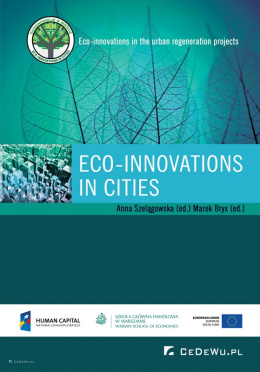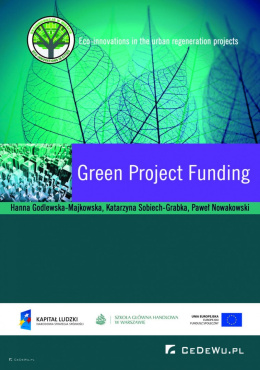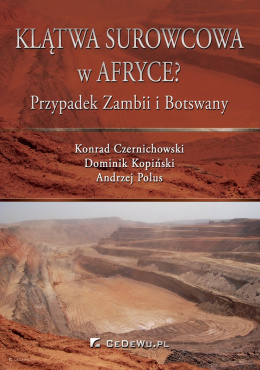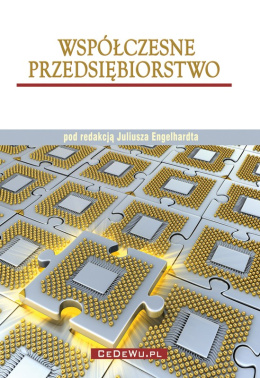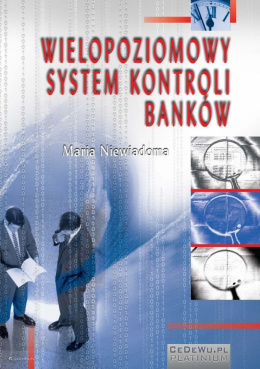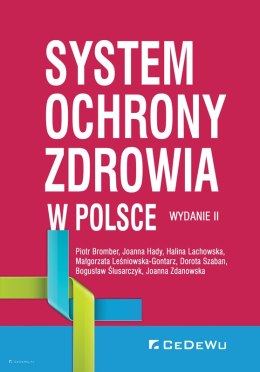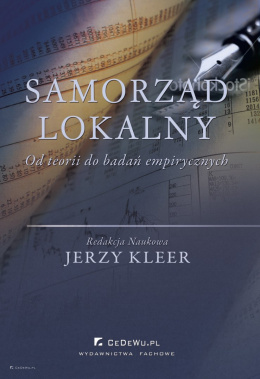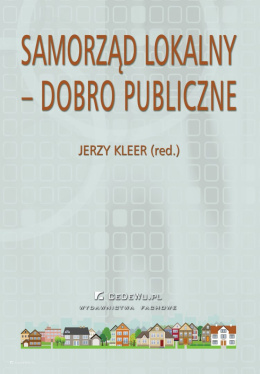-
Shopping cart is empty
-
x

-
Shopping cart is empty
-
x
- Categories
-
Planning and Management in Eco-cities
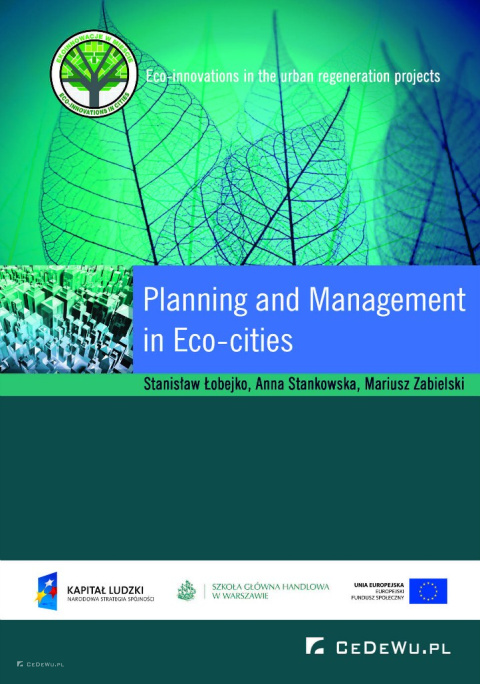
| Shipping within | 24 hours |
| The bar code | |
| ISBN | 978-83-7941-218-1 |
| EAN | 9788379412181 |
Download
Pobierz plik: E-book 3 – Planning and Management in Eco-cities (pdf)
The concept of eco-city planning is different from traditional planning models. The difference lies in the emphasis on ecological principles in the designing process. An eco-city and green community model planning help local communities understand how to improve the quality of life of their inhabitants. The implementation of eco-city planning allows to plan sustainable city functioning as "interconnected system which includes land demands, land use types, urban growth boundaries, open spaces, and density"146. Transport and energy systems as well as socioeconomic context of local community, human and economic activity are very important for the eco-city planning process.
At the beginning of the 20th century city planning takes the form of institutionalized activities undertaken by many cities, which moved into professional planning. In this time, efforts are being made in order to standardization, professionalization and recognition of planning as part of regional planning and national. In the first half of the 20th century many cities began to conduct regular activities in the field of urban planning, made significant progress in this subject. While in the initial period prevailed physical planning after World War II, under the influence of welfare capitalism more emphasis was placed on social issues and reducing of social inequality and poverty. City planning begins to be in field of the interest of both politicians and non-governmental organizations, local and regional authorities and is increasingly dependent on the political and economic decisions. In effect of these and other positive factors began a period of modern urban planning with a steady increase in public participation in planning decisions based on the bottom-up planning model. Modern city planning process becomes more rational in their nature, and is called as a rational planning theory.
Koncepcja planowania Eco-City różni się od tradycyjnych modeli planistycznych. Różnica polega na szczególnym uwzględnieniem zasad ekologicznych w procesie planowania miasta. Model planowania Eco-city pomaga lokalnym społecznościom na zrozumienie w jaki sposób poprawić jakość życia mieszkańców. Wdrożenie procesu planowania Eco-city daje możliwość zaplanowania zrównoważonego miasta funkcjonującego jako "połączony system, obejmujący zapotrzebowanie na grunty, rodzaje użytkowanych gruntów, granice wzrostu miast, otwarte przestrzenie i gęstość zaludnienia"146. W procesie planowania Eco-city ważne są zarówno systemy transportowe i energetyczne jak i kontekst społeczno-ekonomiczny lokalnych społeczności, jakości życia ludzi i prowadzenia działalności gospodarczej.
Na początku 20. wieku planowanie miasta przyjmowało postać zinstytucjonalizowanych działań prowadzonych przez wiele miast, doprowadzając w efekcie do powstania profesjonalnego planowania. W tym czasie podejmowane są wysiłki zarówno mające na celu unormowanie, profesjonalizację, jak i uznanie planowania za element planowania regionalnego i krajowego. W pierwszej połowie 20 wieku wiele miast zaczęło realizować działania w zakresie planowania przestrzennego, czyniąc znaczne postępy w tej dziedzinie. O ile w początkowym okresie przeważało planowanie przestrzenne skupione na fizycznych aspektach, tak po II wojnie światowej, pod wpływem rozwoju kapitalizmu dobrobytu większy nacisk kładziono na kwestie społeczne i zmniejszania nierówności społecznych i ubóstwa. Obecnie planowanie miasta znajduje się w polu zainteresowania zarówno polityków, jak i organizacji pozarządowych, władz lokalnych i regionalnych i jest coraz bardziej zależne od decyzji politycznych i gospodarczych. W wyniku działania tych i wielu innych pozytywnych czynników rozpoczął się okres nowoczesnego planowania miast, któremu towarzyszy stały wzrost udziału społeczeństwa w podejmowaniu decyzji planistycznych w oparciu o model planowania oddolnego. Nowoczesny proces planowania miasta staje się bardziej racjonalny w swojej naturze i przyjmuje nazwę racjonalnej teorii planowania.
UWAGA! WSZELKIE ZAMÓWIENIA, RÓWNIEŻ NA DARMOWE E-BOOKI REALIZUJEMY W GODZINACH PRACY FIRMY
10.00 - 18.00 - OD PONIEDZIAŁKU DO PIĄTKU
PO WERYFIKACJI ZAMÓWIENIA PRZEZ PRACOWNIKA.
Publisher's note 6
Preface 8
Introduction 10
Chapter 1
Foundation of eco-city - Stanisław Łobejko 13
1.1. Idea of eco-city 13
1.2. Typology of eco-cities 19
1.3. Determinants of eco-city development 24
1.4. Eco-city development strategies 26
1.5. Innovative eco-cities 30
1.6. Innovation initiatives in cities 34
Literature 37
Chapter 2
Smart and Eco2 city ideas - Stanisław Łobejko 39
2.1. Idea of smart city 39
2.2. Smart cities in EU 42
2.3. Future smart city 44
2.4. Idea of Eco2 City 45
2.5. System approach 47
Literature 49
Chapter 3
New Urbanism - concept and models - Stanisław Łobejko 51
3.1. Idea and main principles 51
3.2. Transit-oriented development 54
3.3. Compact City and Alternative City Models 55
3.4. Principles of Green Urbanism 63
3.5. Garden City movement 65
3.6. Carrot City 67
Literature 68
Chapter 4
The transformation of the city towards sustainability - Stanisław Łobejko 70
4.1. Space-economic approach and criteria 70
4.2. Urban land patterns 73
4.3. Planning sustainable city 75
4.4. Triple Bottom Line Model 78
4.5. The top-down strategy 80
Literature 83
Chapter 5
Planning in eco-city - Stanisław Łobejko 84
5.1. Idea of city planning 84
5.2. Eco-city design principles 90
5.3. Types of city planning 92
5.4. Low-rise vs. high-rise 94
5.5. Planning process 95
5.6. Eco-city Design Charette 99
Literature 102
Chapter 6
Transportation planning and management - Mariusz Zabielski 104
Introduction 104
6.1. The European Union's legislation in transport 106
6.2. Ecological transport city 116
6.2.1. Passenger cars and lorries 126
6.2.2. Buses 131
6.2.3. Bicycles and walking 135
6.2.4. Ferries 138
Summary 139
Literature 139
Chapter 7
Energy efficiency - Planning and management in cities - Anna Stankowska 142
Preface 142
7.1. European policies and strategies about Energy Efficiency 144
7.1.1. Introduction 144
7.1.2. Documents related to buildings 145
7.1.3. Policy orientation to 2020 related to buildings 147
7.1.4. Main document about energy efficiency in buildings 151
7.1.5. Definition 156
7.1.6. Other documents about energy efficiency in buildings 157
7.2. Energy efficiency in Poland - building sectors 160
7.2.1. Introduction 160
7.2.2. Regulation and main documents about green building sectors 161
7.2.3. General information about energy efficiency 168
7.2.4. Planning and management at a local level. Plans for a low-carbon economy in municipalities 170
7.2.5. How to prepare guidelines for plans in cities 175
Literature 181
Chapter 8
Waste management - Anna Stankowska 183
Preface 183
8.1. Waste - general information about amount of waste in EU 184
8.2. Legal basis for waste - European policies and strategies 188
8.3. Definition of waste 195
8.4. General information about waste management planning 198
8.5. Waste planning and management at a regional or municipal level 199
Literature 206
Table of Contents 208
Figure of Contents 209
Photo of Contents 211
Polub nas na Facebooku



